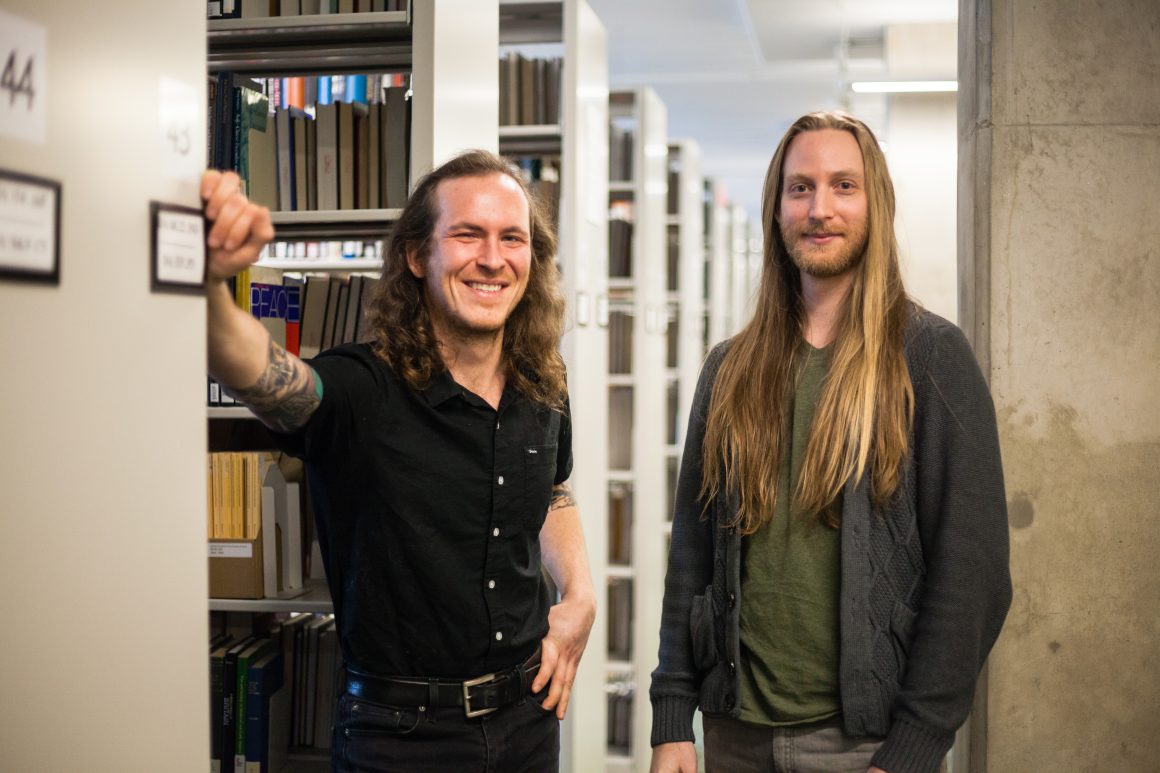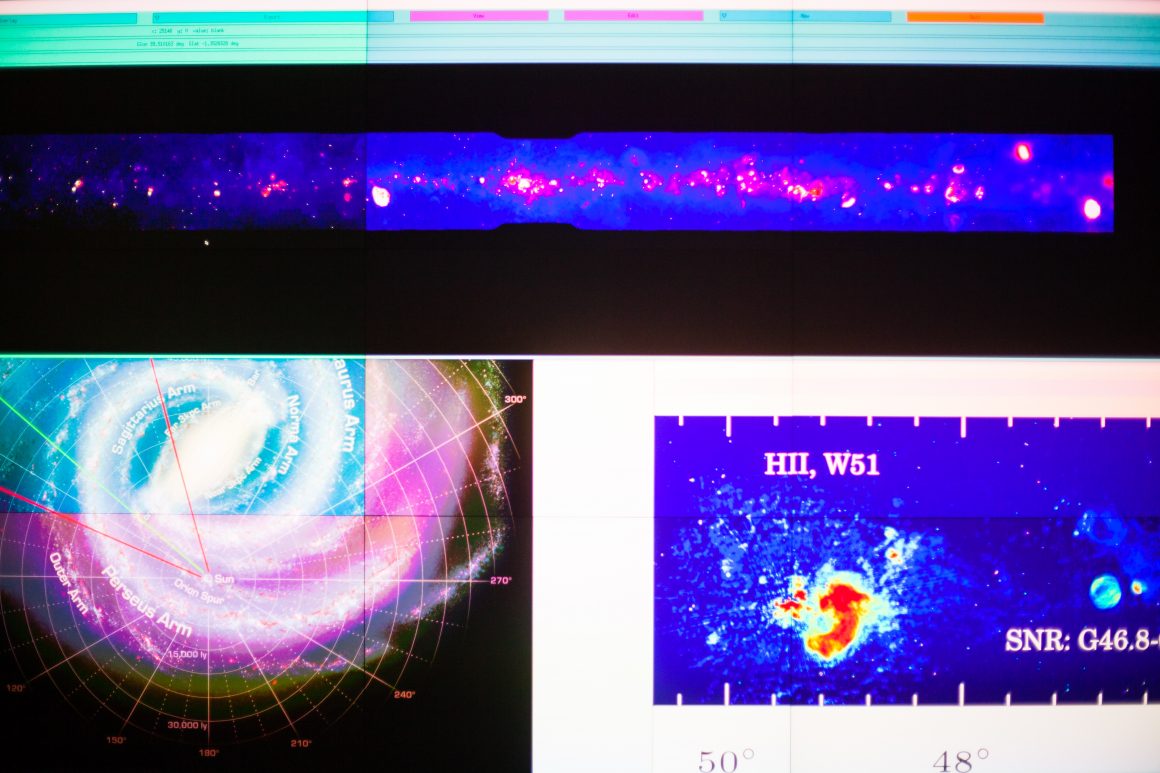
Astrophysicists at U of C make galactic discovery
By Fernando Moreno, February 3 2020—
A new piece of the puzzle for what is out there in the Milky Way was discovered. In early Feb., 2019 a discovery was made by members of the University of Calgary Faculty of Science. Jeroen Stil, an associate professor, along with PhD student Russell Shanahan and honours astrophysics undergraduate Stephen Lemmer, changed our perception of the galaxy. The team measured a phenomenon called the Faraday Effect to detect magnetic fields in interstellar space by using a telescope that allowed them observation in a way that had not been done before.
Although it was suspected that older measurements had missed higher value effects “it was a very happy accident,” said Shanahan. Initially, the attitude was skepticism despite the excitement that soon followed. The discovery was a Galactic “fingerprint” of a spiral arm that reveals a compressed magnetic field — the culprit responsible for a huge spike of measurements revealing the true extent of spiral activity within our own galaxy.
“Whenever you do something new you have to be ready for the unexpected,” said Stil. The previous studies were prone to bias against any strong Faraday Effect. “My expectation was that we would find that the Faraday Effect would be a little higher than what we thought before.”
The Faraday Effect is the magnetic phenomenon that causes a rotation in polarization, which has been the specialty of the team for some time. The initial mission was to look out for higher measurements.
This discovery was made in Calgary but found in the Sagittarius arm of the Milky Way — about 18,000 light-years from Earth — which stretches across multiple constellations. The activity was found in the Aquila constellation, which can be seen in the summer night sky. A pattern emerged when data for this part of the galaxy was collected.

“The discovery is that the spiral arm has invisible parts on one side where the gas is compressed. It’s on the side where the gas comes into the arm,” said Stil. This data proved that magnetism plays a stronger role in the onset of star formation. Stil went on to compare this activity to a traffic jam in space where matter collides and meets. This news has implications for the future of astronomy with positive and excited responses.
“There’s been excitement within the international team when we shared. It has changed our view of the importance of the galaxy’s magnetic field and the role it plays in star formation. It reveals it to be more complex than we thought,” said Stil. He went on to say that “there is basically a new ingredient that we need to take into consideration when we make models of the magnetic field of the Milky Way.”
“It wouldn’t be surprising if once the complete survey is released, other people will use it and find something new and interesting that we maybe overlooked,” Shanahan explained. “The potential for discovery with this data set is huge and is just the first stepping stone into the mystery of what actually will come.”
The team presented some graphs that showed their findings alongside previous findings regarding the phenomenon, which was discovered in no small part thanks to their collaborative efforts. Russell contributed to imaging and analysis and Lemmer took a role in data analysis processing. “A lot of synergy for how it came to be,” said Stil.
Shanahan added if it had only been himself and Stil, the discovery would unlikely have been made until many years later. The work was broken into sections, making Lemmer a critical part of the team. In addition, other international collaborators added valuable perspectives.
What does this mean for Earth and its place in the galaxy? For one thing, it will allow an advantage to studying further activity within our own galaxy, although this has not prevented the team from studying extragalactic sources.
“We have the benefit of being inside our galaxy, so we can actually explore from the inside,” explained Lemmer.
“This discovery changes how we perceive new stars in our galaxy form,” explained Stil.
“It’s easier to study the intricacies of our galaxy than it is to study anything outside of our galaxy,” added Shanahan.
Nevertheless, Stil assures us that Earth will never pass through this spiral arm.
Calgary is a leader in discovery and innovation, especially on magnetic fields, and it is hoped to continue. The faculty is always looking for bright, talented, young students who want to be part of discovery.
Stil went on to say that the attention has been a great way to “let people know that here in Calgary, we do world-class research and we share it with the world. That you can come to Calgary and do something amazing in science.”
The mission goes on.
